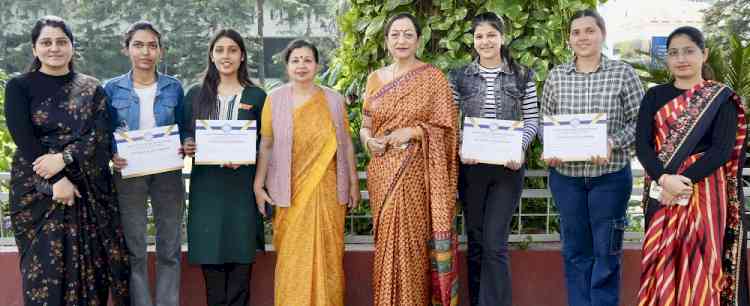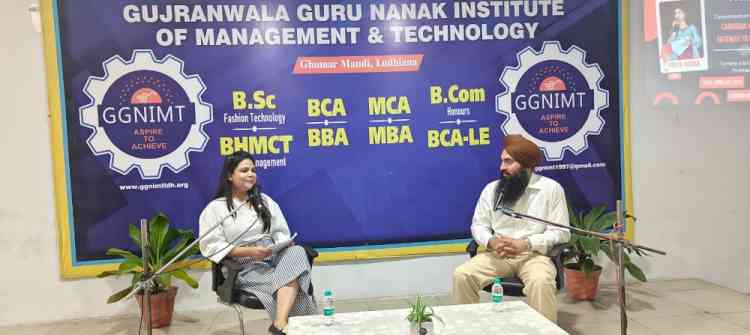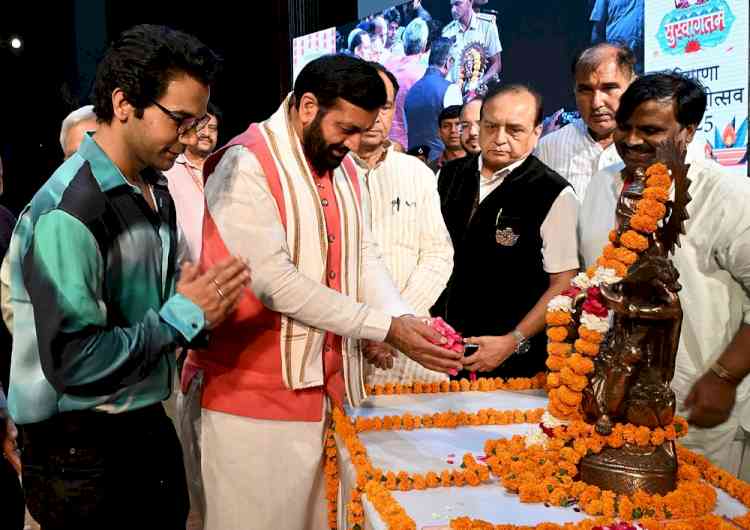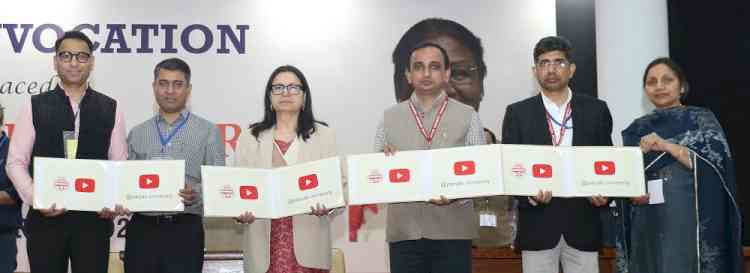IIT Roorkee Unveils Metallurgical Marvels - Tracing India's Ancient Legacy
The unveiling of "Archaeometallurgy of India from Rigveda to Vālmīki Rāmāyaṇa" marks a significant milestone in the exploration of India's ancient metallurgical legacy. Authored by Satya Narain and Navin Chandra, both esteemed alumni of IIT Roorkee, this groundbreaking work delves deep into the texts for the period Rigveda to the Vālmīki Rāmāyaṇa to unearth the secrets of ancient Indian metallurgy.
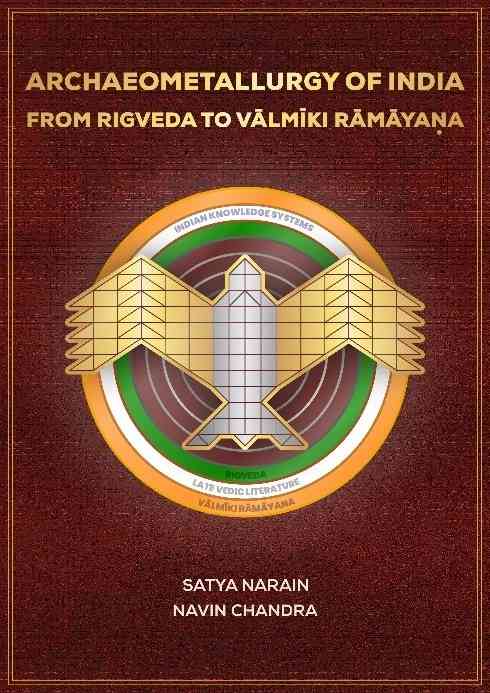
Roorkee, April 2, 2024: The unveiling of "Archaeometallurgy of India from Rigveda to Vālmīki Rāmāyaṇa" marks a significant milestone in the exploration of India's ancient metallurgical legacy. Authored by Satya Narain and Navin Chandra, both esteemed alumni of IIT Roorkee, this groundbreaking work delves deep into the texts for the period Rigveda to the Vālmīki Rāmāyaṇa to unearth the secrets of ancient Indian metallurgy.
At the heart of this scholarly endeavour lies a profound commitment to preserving and deciphering India's rich heritage texts. By presenting original Sanskrit texts alongside English translations, the authors open a gateway to the treasures of ancient knowledge, inviting readers to journey through the annals of time and unravel the scientific acumen of ancient Indians.
The meticulous analysis of over 400 "textual metal evidence data" through conceptualized frameworks offers a structured approach that leads to understanding how the six metals of antiquity were discovered, occurred, sourced, produced, and shaped into the metallic objects in the Vedic Civilization. Through their research, the authors shed light on how Ancient India entered into the "Metal Age” by discovering hiraṇya (gold) as the first metal and āyas as the second metal, and Ancient India transitioned from the "Neolithic Age" to the "Metal Age" during the Early Rigvedic Period. Subsequently, four new metals - silver (rajat), lead (sīsaṃ), copper (loha or lohita), and tin (trapu) were discovered during the Late Vedic Period. After that, no other new metal was discovered, but early bronze (kāṃsya) was invented during the Rāmāyaṇic Period. The minerals/ores of any of the six known metals were not identified, leading to the inference that the metallurgy of the known metals was at the "Native Stage" and did not advance to the "Ore Smelting Stage."
The Rigveda, the oldest text in the World, uses the term "āyas" about which various perspectives exist regarding its meaning. Interpreting the term "āyas" in the Rigveda as referring to “meteoric ironstone” reveals an enlightening insight which challenges conventional narratives about the timelines at which iron first appears in the archaeological record of India.
This work also unveils an enigmatic fact: despite its discovery, copper remained unused for crafting domestic objects like beads, vessels, ornaments, and tools. The conspicuous absence of copper objects throughout the Vedic Civilization was not a matter of chance but a significant evidence of high chronological significance in the history of ancient India.
The new perspective regarding the meaning of “āyas" and the conspicuous absence of copper objects during Vedic Civilization establishes ancient metallurgy of India was unique in the World and paves the way for a deeper understanding of the history of the ancient metallurgy of India. This work proposes that the "Metal Age" of the Vedic Civilization predates the "Iron Age" of the Post-Indus Valley Civilization as well as the "Chalcolithic Age" and "Bronze Age" of the Indus Valley Civilization. The proposed new relative chronology framework reconstructs a grand narrative of the unique ancient metallurgy of India, which nicely reconciles the "textual metal evidence data" of the Vedic Civilization with the "archaeological metal evidence data" of the Indus Valley Civilization.
By establishing the Centre for Indian Knowledge Systems, offering courses on learning the Sanskrit Language and research endeavours focused on Indian Knowledge Systems (IKS), the IIT Roorkee aims to bridge the gap between traditional wisdom and modern academia. The release of the book "Archaeometallurgy of India from Rigveda to Vālmīki Rāmāyaṇa" coincides with IIT Roorkee's broader initiative to integrate Indian Knowledge Systems (IKS) into contemporary education and research. IIT Roorkee's commitment to leveraging ancient wisdom for addressing contemporary challenges is underscored by ongoing projects such as the “Adaptation of Indigenous and Local Knowledge Systems and Fintech Solutions for Comprehensive Tribal Development in Chhattisgarh State.”
Prof. K.K. Pant, Director of IIT Roorkee, expressed enthusiasm for the book's release, emphasizing its dual significance in illuminating ancient metallurgical practices and inspiring future generations of scholars to explore India's rich intellectual heritage, he mentioned, "Not only does the book shed light on the advanced metallurgical practices of ancient India, but it also serves as an invitation for scholars to delve deeper into our rich heritage by bridging the gap between traditional Sanskrit texts and modern analysis, we hope to inspire a new generation of researchers to explore the depths of India's ancient knowledge systems and honour the enduring legacy of India's intellectual heritage."
As the legacy of India's ancient knowledge systems continues to thrive, "Archaeometallurgy of India from Rigveda to Vālmīki Rāmāyaṇa" stands as a beacon of enlightenment, guiding us toward a deeper appreciation of the glorious cultural inheritance of India.
The book "Archaeometallurgy of India from Rigveda to Vālmīki Rāmāyaṇa" will be soon available on the IIT Roorkee's IKS website and is available on other online platforms.


 City Air News
City Air News 
